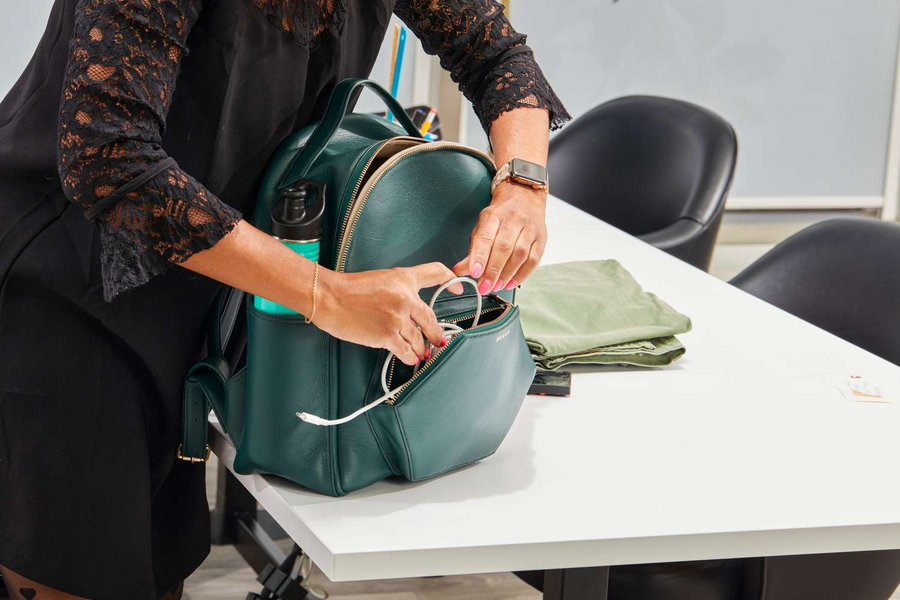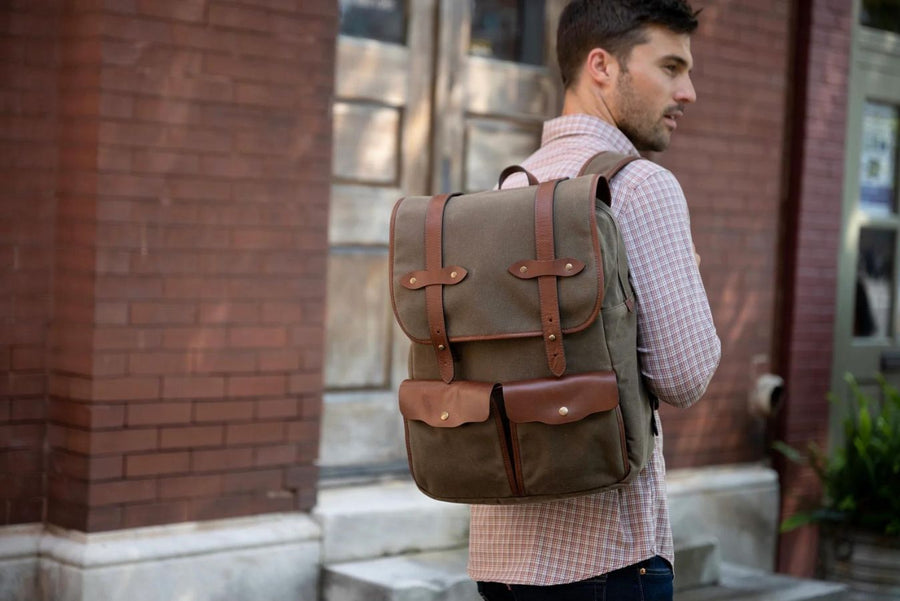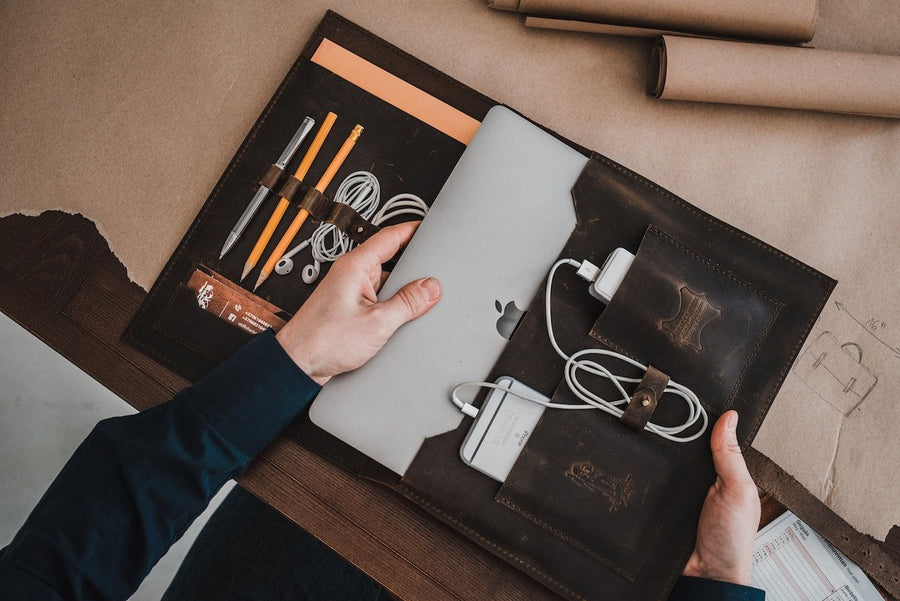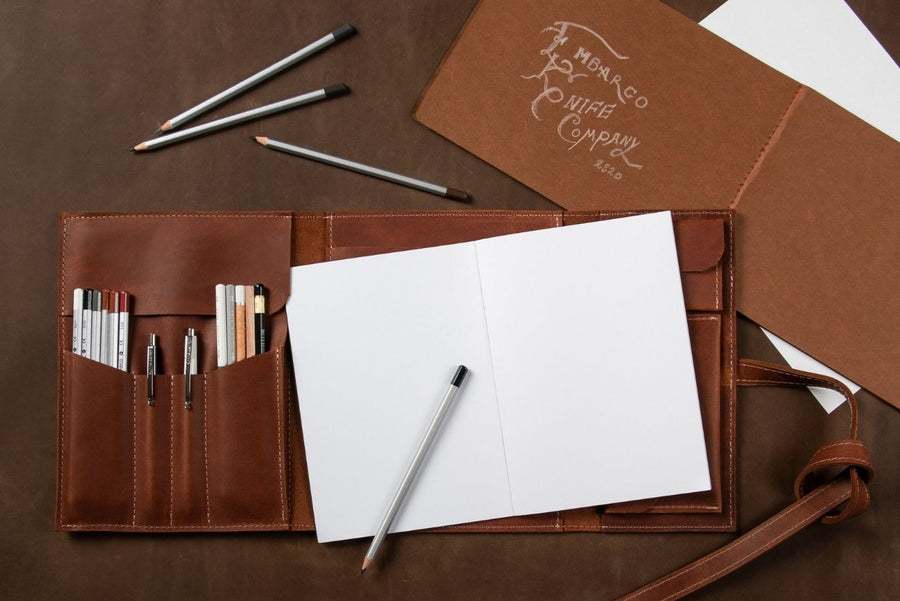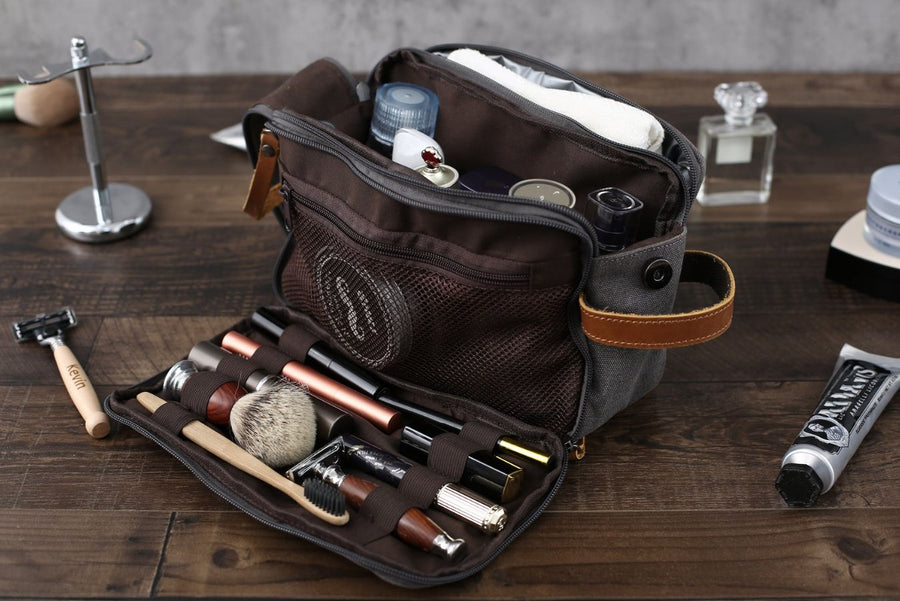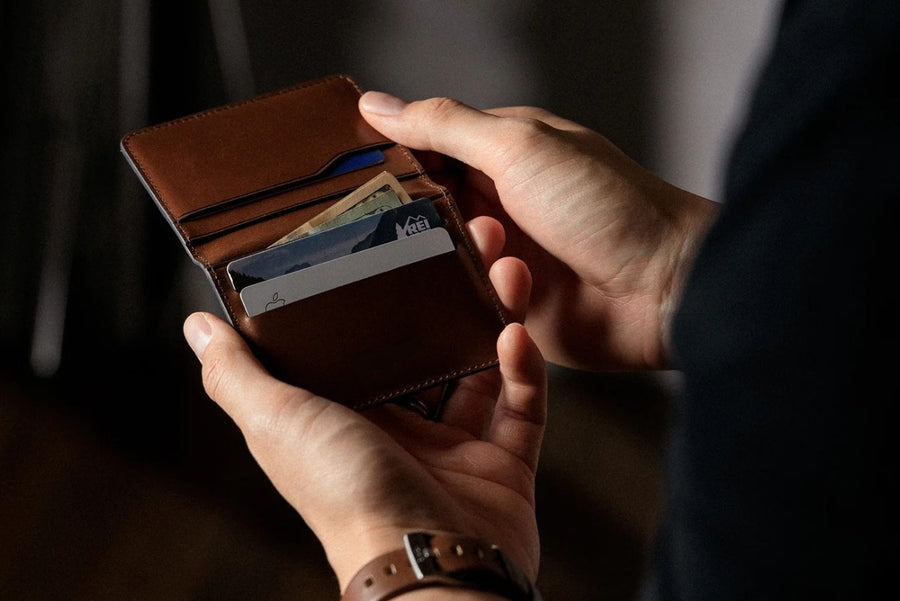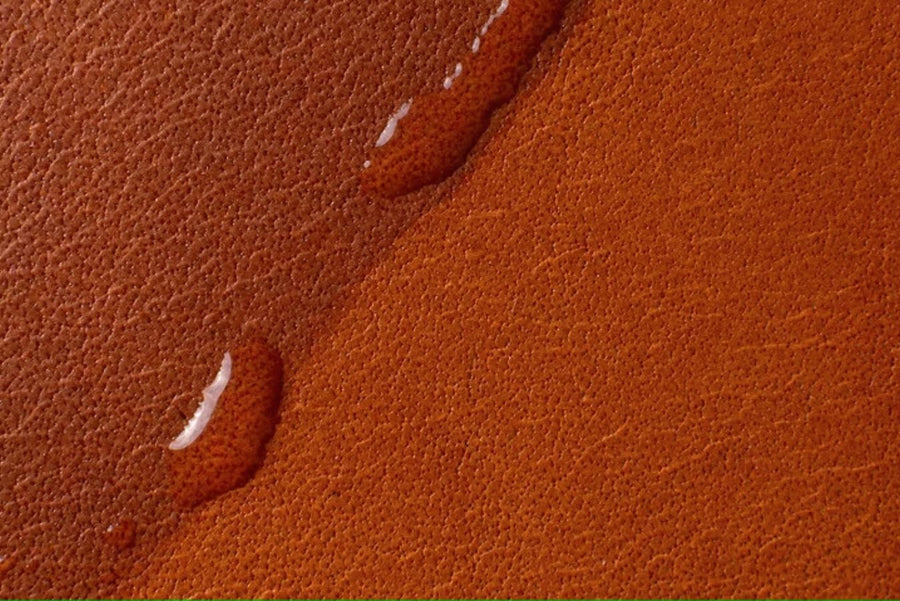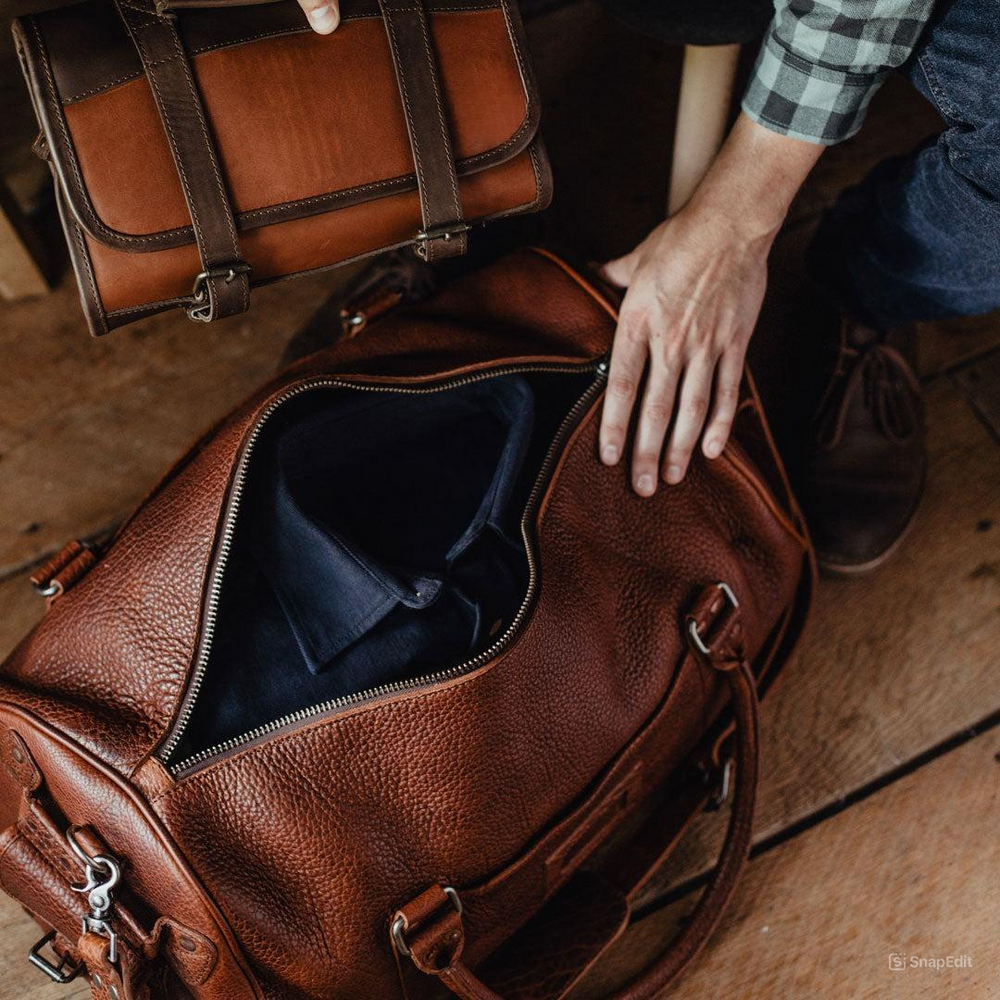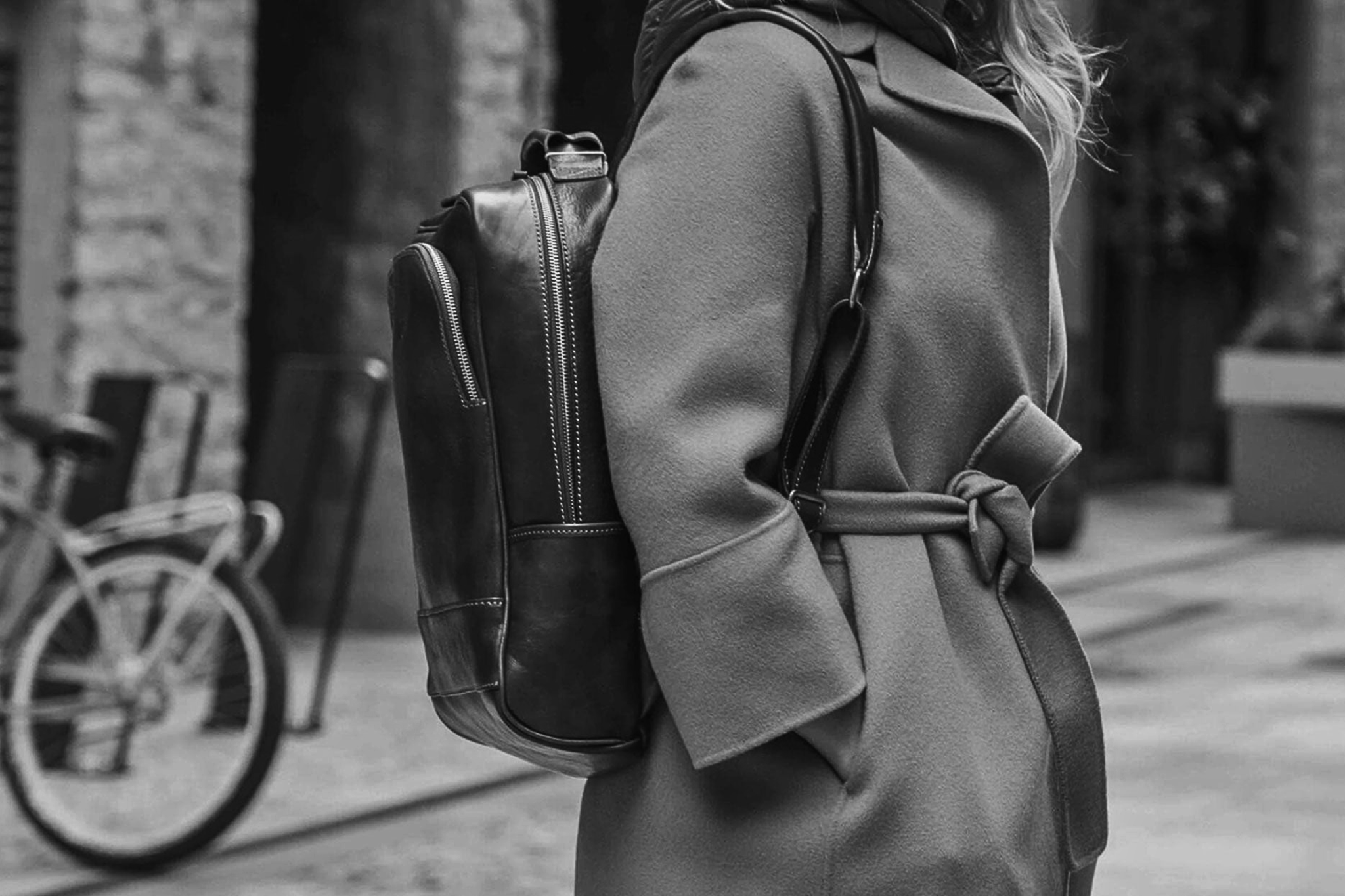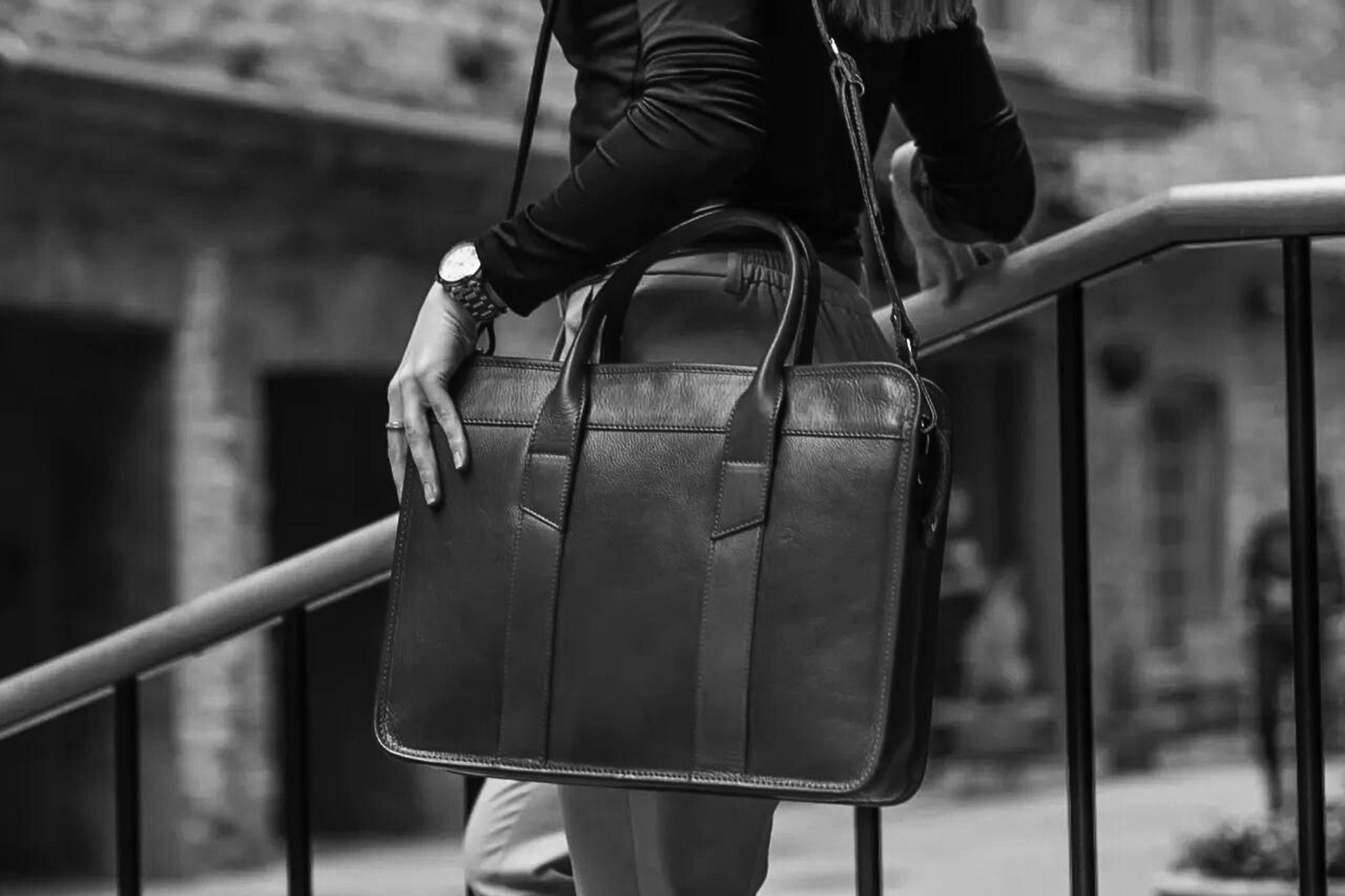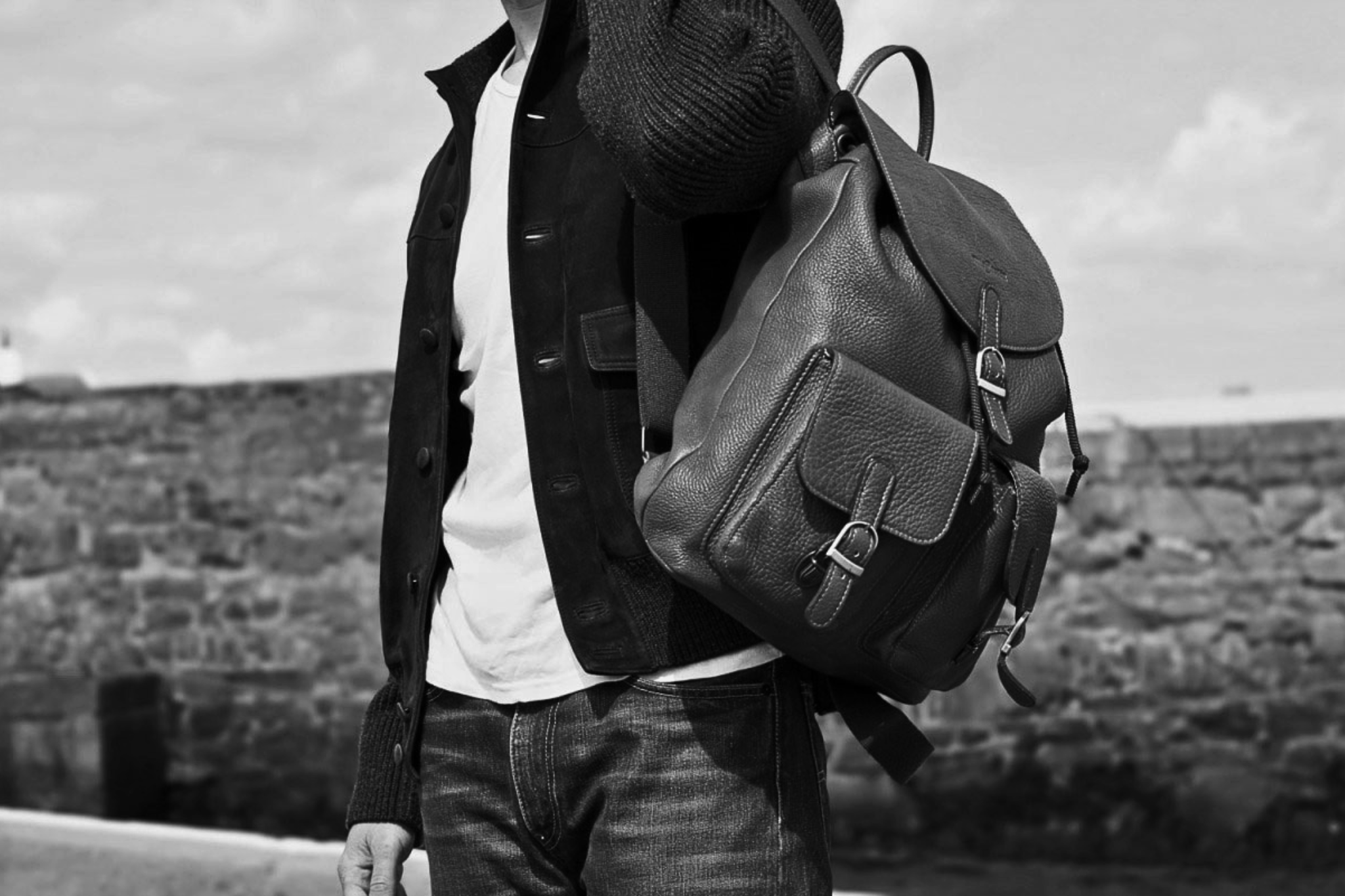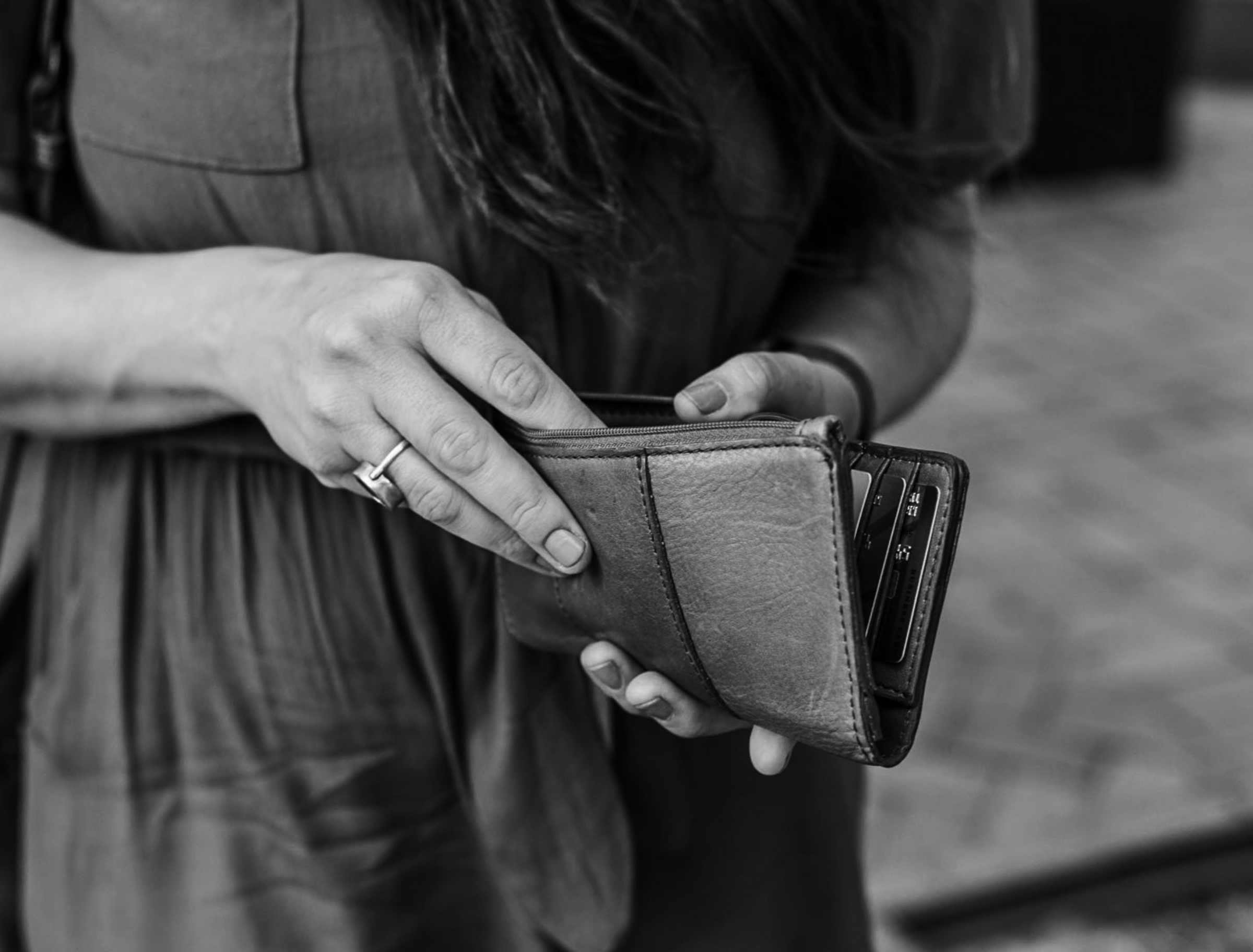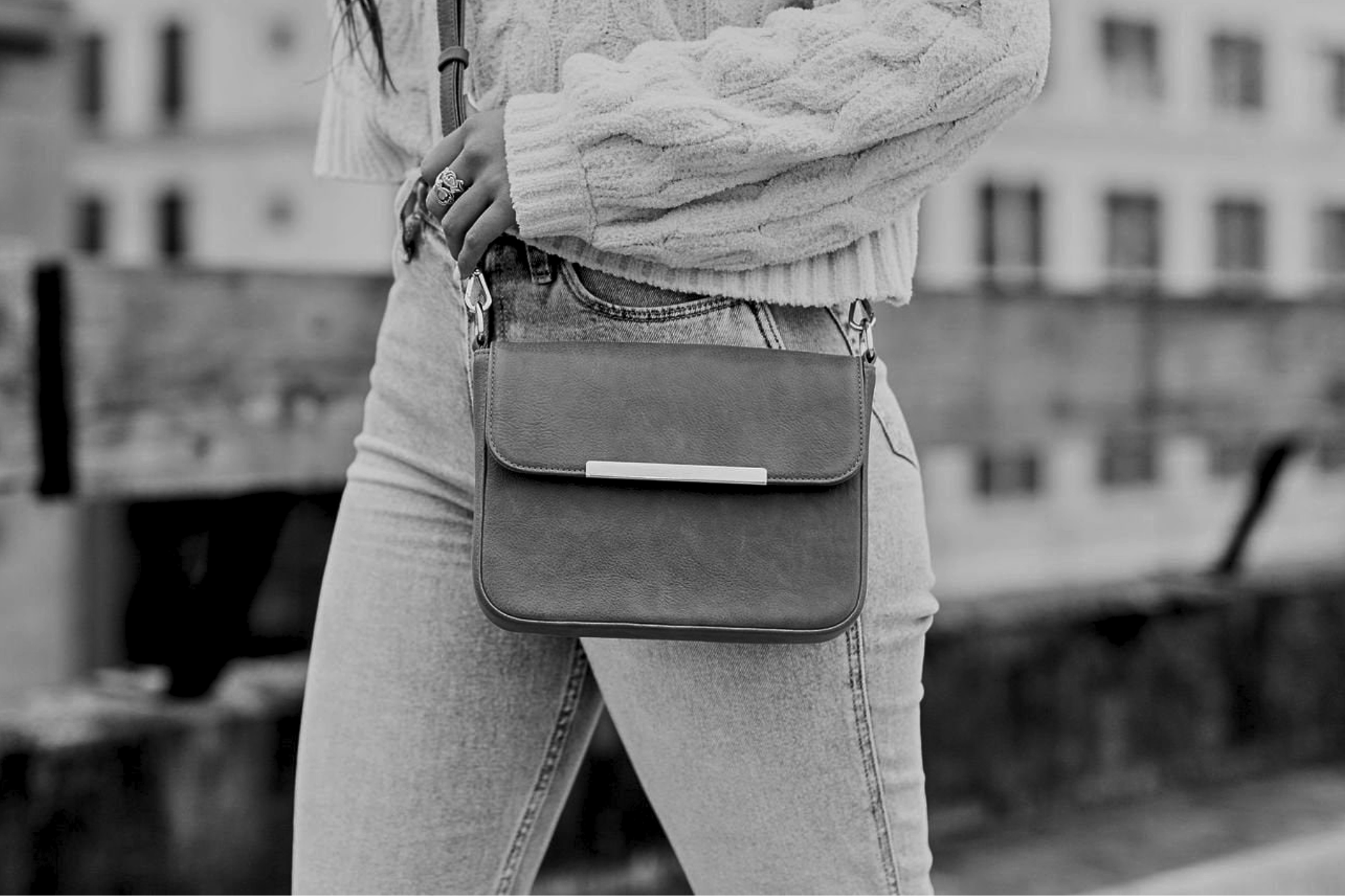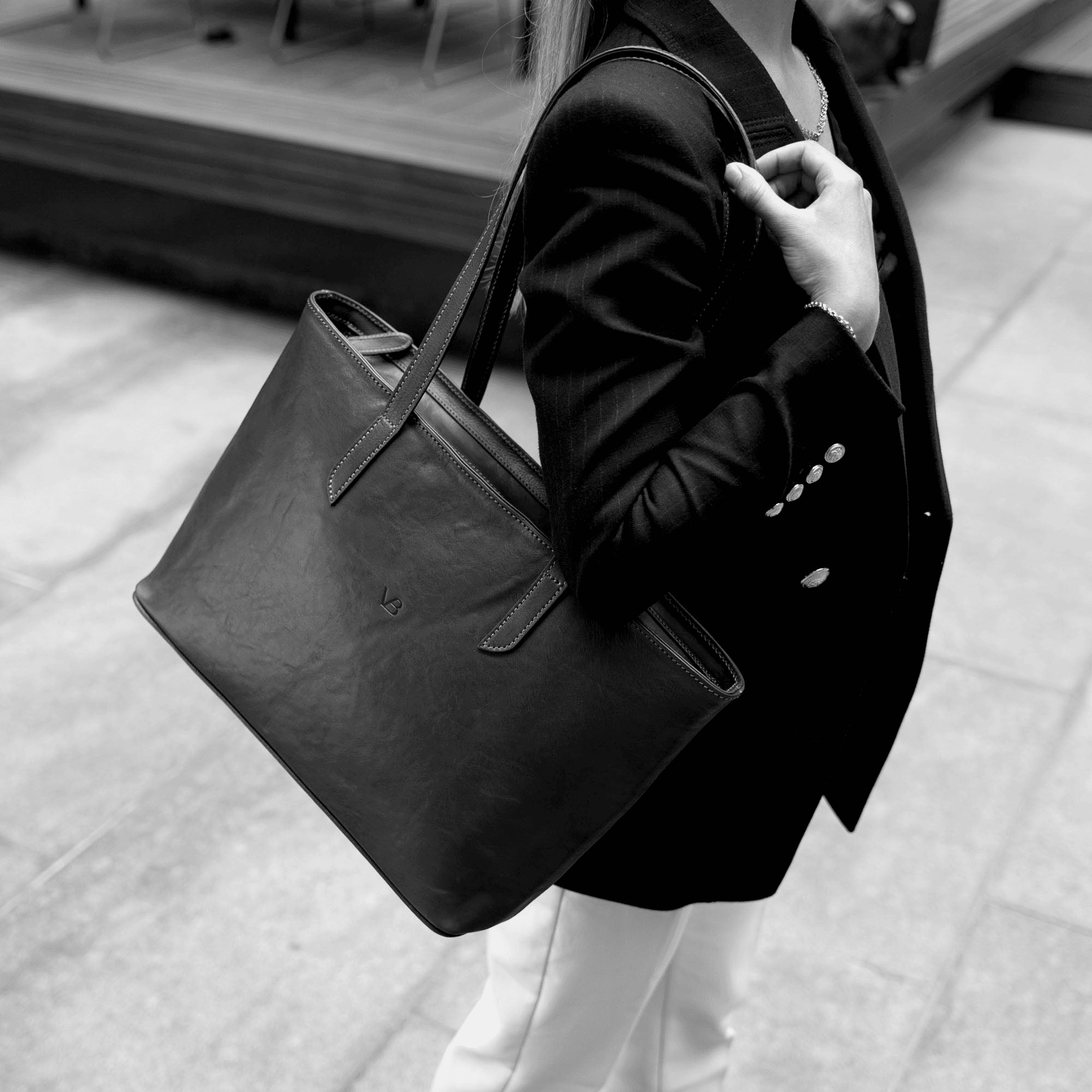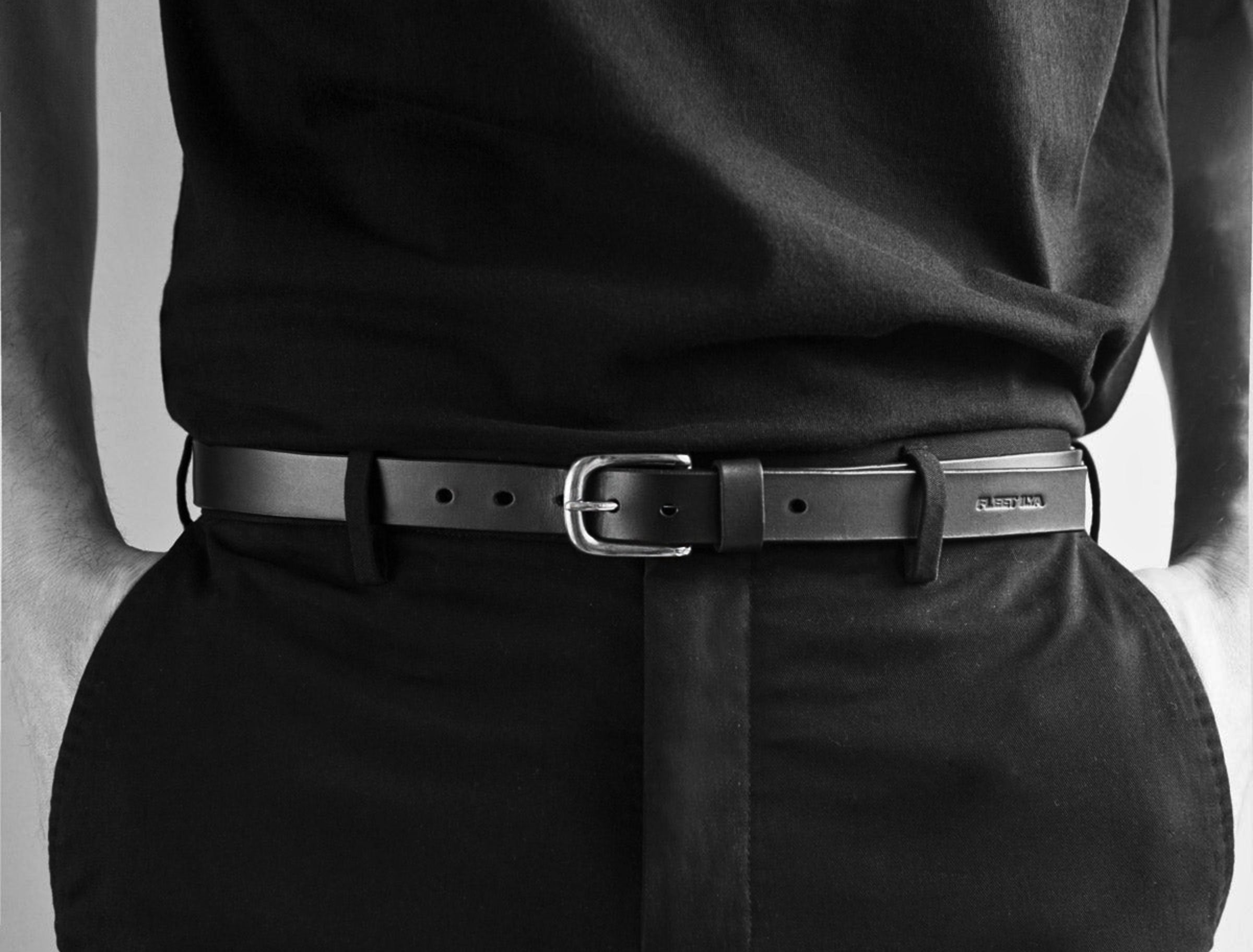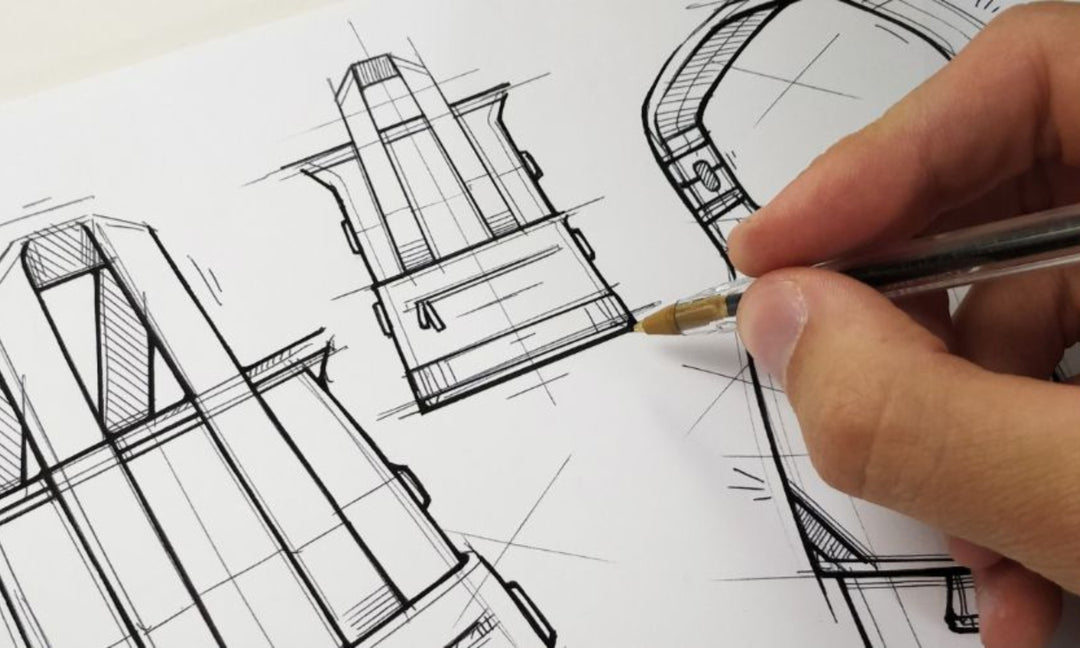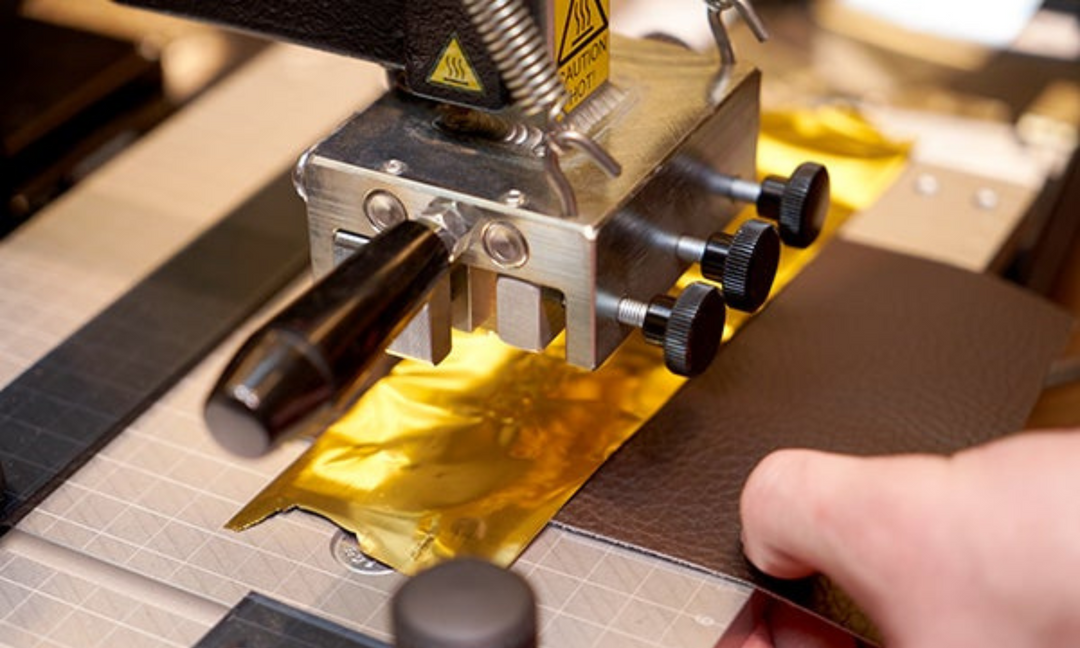Why using leather is better?
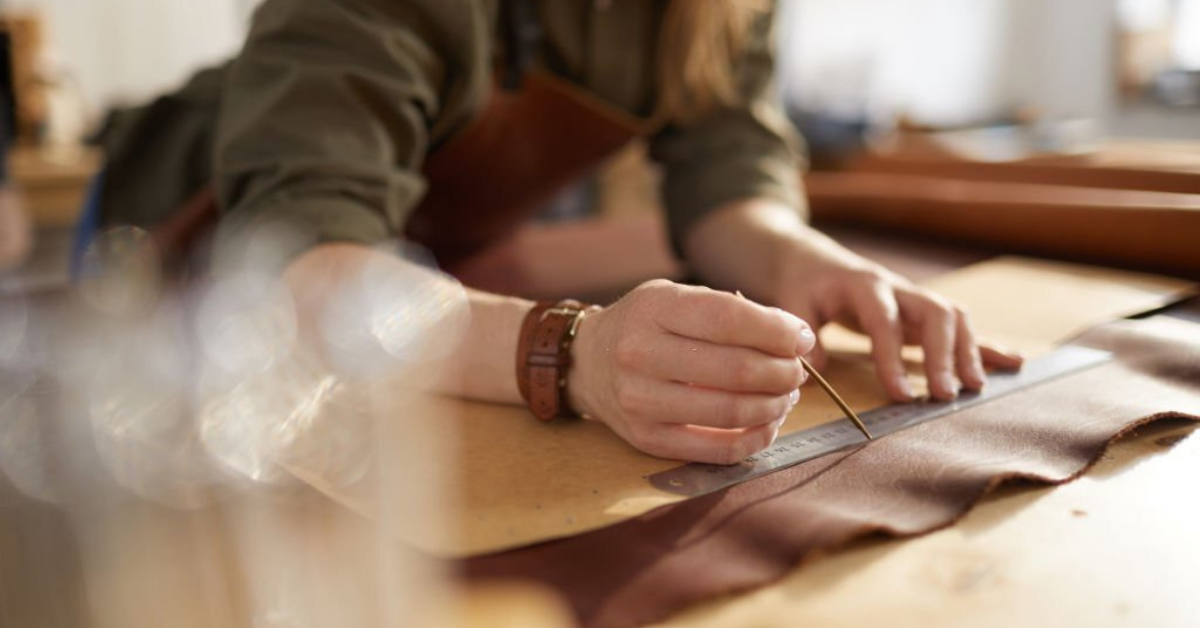

In this blog we want to share with you about why using leather is better. Because we always try to do everything wise in spending our time and our money. But today fast fashion industry teaches us to change things often and to do not look on quality. And it is not right and good for us.
Why using leather is better?
Human beings have been using leather since Palaeolithic times. Skins which protected animals have been used down through the centuries to provide humans with protection from the weather in the form of a second skin. It is hard to imagine how we could have survived freezing winter conditions without the protection of animal hides. As human civilization became more sophisticated so did the techniques for the preparation of leather and more and more uses were found for this incredibly versatile material. Today, less than one per cent of leather production comes from animals reared exclusively for their hides. Leather production is a by-product of the meat industry and is centred on the hides from four species of animal: cows 65%, sheep 15%, pigs 11% and goats 9%. Without the processing of animal hides into leather there would be serious environmental consequences resulting from the disposal of animal hide.
Cow hide shoes with leather laces were found in a cave in Armenia which date back five thousand, five hundred years. The characteristics of leather make it particularly suitable for the construction of footwear. It can be cut and shaped with comparative ease, it is light, strong and supple and most importantly, it breathes. Despite developments in synthetic materials and the subsequent popularity of sports shoes, leather shoes remain popular because of their comfort and durability. Shoe production accounts for 52% of the world leather goods market, which produces an enormous variety of footwear ranging from the flimsiest of sandals through to the most substantial of boots. Cheaper products are made from ‘bonded leather’ or ‘genuine leather’ whilst more expensive items use Full Grain or Top Grain leather. Cow hide is the most common choice of shoe leather but the fashion market also uses more exotic leathers such as ostrich or crocodile. Suede is a popular form of shoe leather because of its softness and comfort. Nubuck offers the same level of comfort but is a stronger and more durable leather.
The benefits of using leather:
High quality leathers are extremely durable. Leather substitutes or fabric cannot compete to the wear and tear properties of true leather. In fact in some instances, leather improves in appearance with age.
Nothing can match the supple feeling of leather. Leather breaths. Air can pass through it. Leather is also flexible. It accommodates its surrounding whether it is home décor, shoes, a handbag, furniture or in your automobile.
If we don’t take advantage of the already existing material of the hides, the meat producers would have to burn them or dispose them, and that can really cause a very negative impact on the environment.
It is important to mention that producing substitute products like plastic or polyurethane require valuable resources like water, crude oil among others that impact directly on the carbon footprint in the environment.
The use of the hides adds value to the products by transforming bovine hides into leather and there are manufacturers that meet the highest environmental and working standards of the world.
The use of leather pays back in its durability, timeless style, comfort and environmental impact.
Nothing can match the supple feeling of leather. Leather breaths. Air can pass through it. Leather is also flexible. It accommodates its surrounding whether it is home décor, shoes, a handbag, furniture or in your automobile.
If we don’t take advantage of the already existing material of the hides, the meat producers would have to burn them or dispose them, and that can really cause a very negative impact on the environment.
It is important to mention that producing substitute products like plastic or polyurethane require valuable resources like water, crude oil among others that impact directly on the carbon footprint in the environment.
The use of the hides adds value to the products by transforming bovine hides into leather and there are manufacturers that meet the highest environmental and working standards of the world.
The use of leather pays back in its durability, timeless style, comfort and environmental impact.
